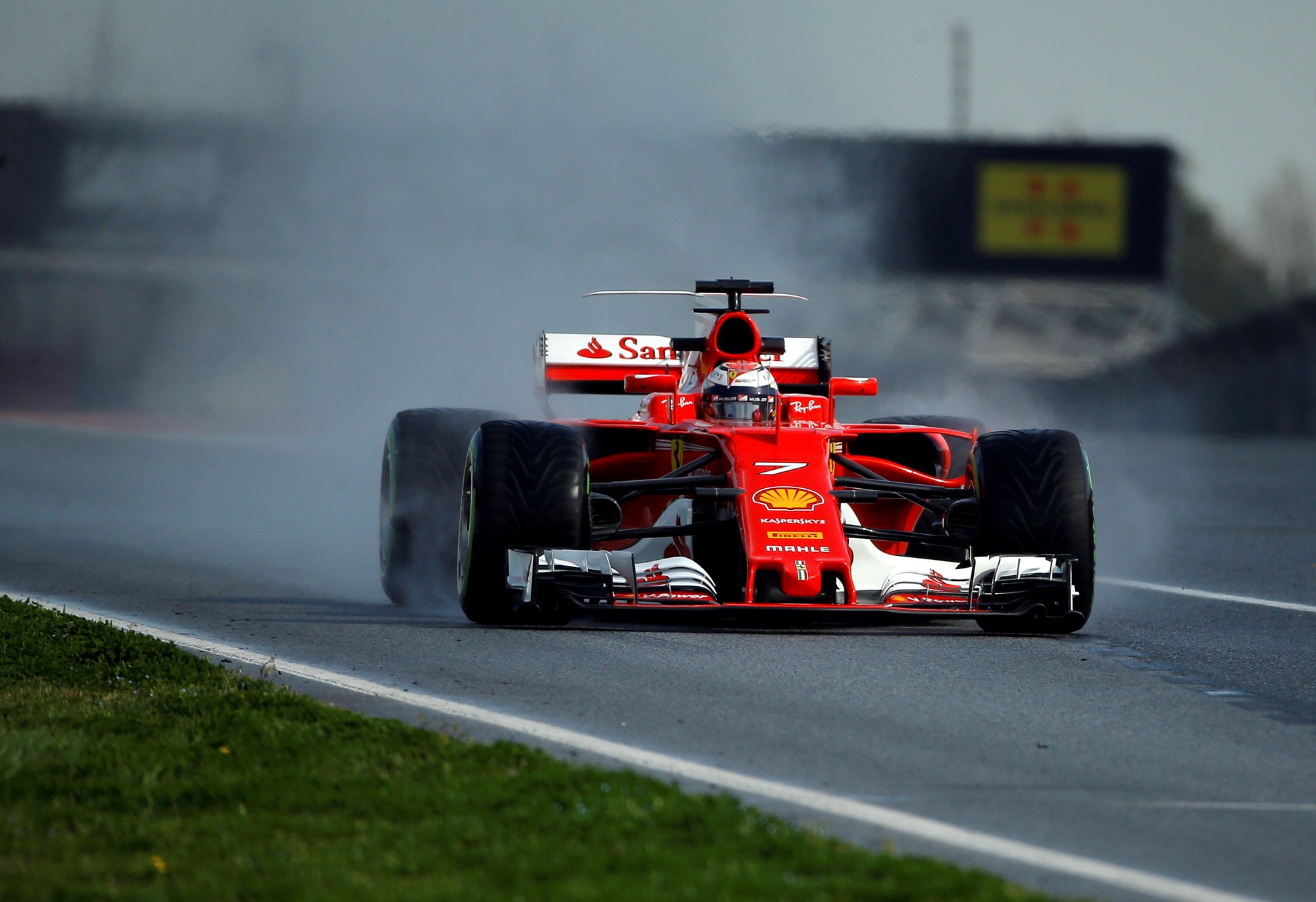Innovation was no stranger to Formula 1 until the rules began to get ever tighter on what was allowed and not allowed in the design of the cars. Many of those innovations made their way into the road cars we drive today.
Innovation in racing cars began way back when the first drivers came up with improvements every time they took to the road, and it was the same drivers’ “need for speed” that accelerated development.
To list all of the innovations over the 120 years would be impossible, as every part of the car has changed beyond all of those early pioneers’ imaginations. Things we now take for granted as we drive effortlessly along all had to be thought of and made.
Take the humble rear-view mirror for example.
In 1911 on May 11, the first Indianapolis 500 was run and Ray Harroun was the only entrant sitting alone.
It was convention at the time to have a riding mechanic along with the driver to look behind and spot any overtaking cars.
Amid protests that without this extra person it would be dangerous to not know who was approaching from behind, Harroun proudly announced that he had rigged up a mirror that enabled him to see following cars.
That jury-rigged device was recorded as the first rear-view mirror to be fitted to any car.
Some years later he admitted that on the brick surface of the track and on his way to victory in the race, the vibration was so bad he could not see anything in the mirror.
Disc brakes are also now the norm on road cars but they first appeared sporadically in the late 1890s, appearing on aircraft and even World War II Tiger tanks of the German army.
But it was at the 1953 Le Mans 24 hour race, fitted to the winning Jaguar “C” Type, when they came to prominence.
Suspension systems fitted to racing cars accelerated the designs for road cars and even road-tyre development is, to this day, reflected in the way race car tyres work.
Most automatic cars, not only luxury and performance, now have transmission systems that switch effortlessly from fully automatic to a clutch-less, sequential manual selector.
This was originally enabled by the use of a Direct Shift Gearbox (DSG) developed for Porsche racing cars back in the 1980s.
Drive a Lexus, Ferrari, McLaren or any number of “ordinary” road cars and it will most likely have “paddle shift”. That system was developed by Englishman John Barnard for the Ferrari Formula 1 cars of 1989.
Although fully automatic gearboxes are now banned in Formula 1, the system that Barnard developed was a semi-automatic and the steering wheel mounted paddles then operated actuators, which moved the gear train selecting the gear.
This resulted in faster gear changes and also enabled the car to be slightly narrower as it did not have to accommodate the more traditional gear lever mounted to the driver’s right side.
The Ferrari 355 of 1997 was the first production car to be fitted with paddle shifters and now almost every manufacturer has their own version.

Photo / Supplied
The last car to win a Formula 1 championship with a manual gear lever was the 1991 McLaren
MP4/6 driven by Ayrton Senna.
In the late 1970s Barnard (that man again) was convinced that a material that had been around since 1879 was the way of the future.
In the 1950s that material, carbon fibre, had been further developed by adding various polymers. With the right methods of curing, it was found to be incredibly strong and far superior to metals for certain uses.
Those uses were mainly in the industrial and aero fields as the material was expensive and hard to work.
Barnard reckoned that it could also be used in motor racing. Together with the Hercules Aerospace (USA) Company, he set out to make a chassis out of this composite material.
It was a move that was to revolutionise motorsport and indeed quickly trend into road cars and now the aircraft industry.
At first, however, many in the sport were sceptical believing that in the event of a crash the carbon fibre chassis would shatter into a million bits and burn uncontrollably.
Those fears were put firmly to rest after the car, designated McLaren MP4/1 and being driven by John Watson in the 1981 Italian F1 GP,had a huge accident that ripped the engine and gearbox from the chassis and left an uninjured Watson sitting in the similarly undamaged “tub” in the middle of the race track.
So undamaged was driver and chassis that Watson was unaware that his car had split in two.
The strength of a carbon fibre chassis was never questioned after that.
It would need a sizeable book to detail all of the innovations and inventions that have their developmental roots in motorsport.
Fuel injection, energy recovery both thermal and kinetic, aerodynamics, safety, turbo charging and so many more have now come into daily use. So what is next on the horizon?
It’s a big question that can be answered only by the passage of time but extensive advances in ceramics, efficient hybrid technology and the rise of the all-electric Formula E perhaps point the way.
In the composites world, F 1 teams are having their interest piqued about new applications for a material called Graphene.
It is reputedly the strongest material tested and said to be “about 200 times stronger than the strongest steel. It efficiently conducts heat and electricity and is nearly transparent”.
Now all Formula 1 has to do is figure out how to make the racing as exciting as all those innovations.




